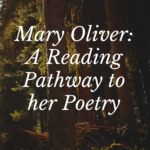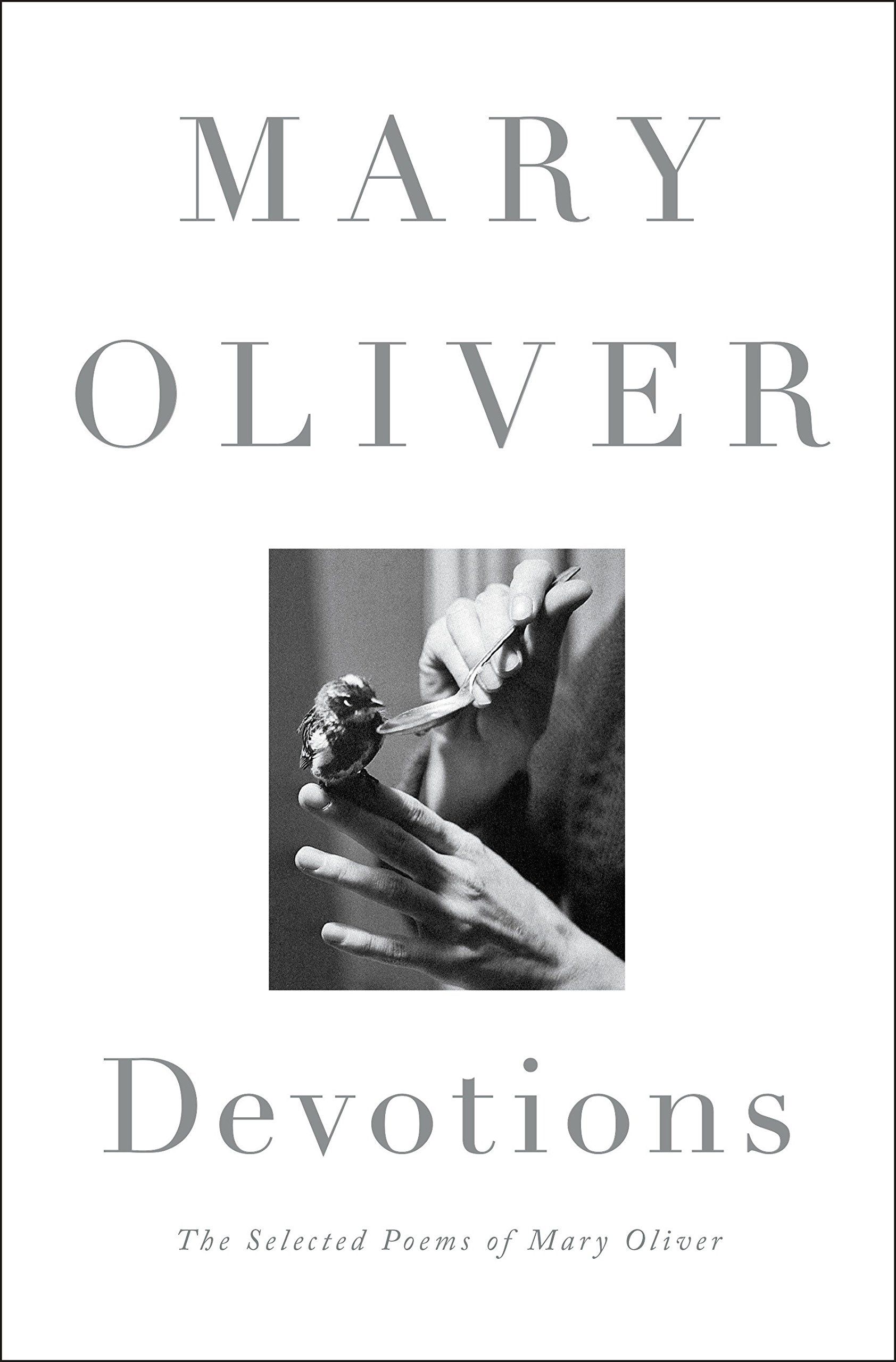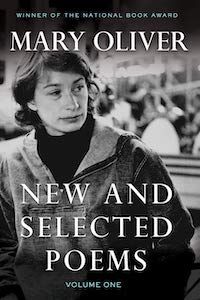Most of her work was written about the sights and animals surrounding her home in Provincetown, Massachusetts, where she lived with her long-term partner, photography Molly Malone Cook (who died in 2005). Some of her later work was written in Hobe Sound, Florida. The geography is important, as Oliver wrote primarily about the sights and sounds of whatever was in her backyard, or in the nearby parks. I personally like to describe her as a writer who writes with incredible nuance and a candid and emotional attitude towards nature, spirituality, and the self. She writes about everything with such love it makes you weep. As a queer author, she creates a safe space for growth within her poetry. When Mary Oliver died in 2019, The New Yorker wrote “Mary Oliver Helped Us Stay Amazed,” which is beautiful, but I think for me, Mary Oliver helped me begin to be amazed. Growing up queer meant that I was incredibly closeted. My family employed a very enforced don’t ask, don’t tell policy. My life was shut out of their own. Finding Mary Oliver’s poetry was a haven. The worlds Oliver created moved me to tears, and when I read “Wild Geese” aloud in a 150 person classroom, I couldn’t help but shed a small tear. To be queer publicly is a gift. I am incredibly grateful to try and help spread seeds for anyone who’s interested in reading her. The lovely thing about Mary Oliver, though, is that she’s incredibly prolific. I am constantly finding new books of hers that I don’t own or didn’t know existed. While that is a treat, I thought that a reading pathway might be incredibly helpful for people looking for a place to start for her physical volumes, or those filling the gaps in their knowledge. If you’re interested in just starting with specific poems, Book Riot has an already complied reading list here. So without further ado, here is a reading pathway for Mary Oliver’s published works. Even though it doesn’t include her essays, I keep a copy of Devotions in my house for lending. Which should tell you just how much I believe in this book. The nice thing about this set is that it contains her prose writings as well as her poetry. Specifically, Volume 2 contains a survey of her prose. Both volumes are covered in Devotions, however, so if you’re just interested in poetry, you might want to start there. As I’ve said before in this article, to be queer publicly is a gift. When Mary Oliver writes in “A Voice I Don’t Know From Where” and says ‘and you have a person in your life whose hand you’d like to hold? — Yes, I do‘, I think of those little intimacies and the gift of seeing your love in such a public text. Felicity is, for me, a necessary text for anyone meaning to read Mary Oliver.










